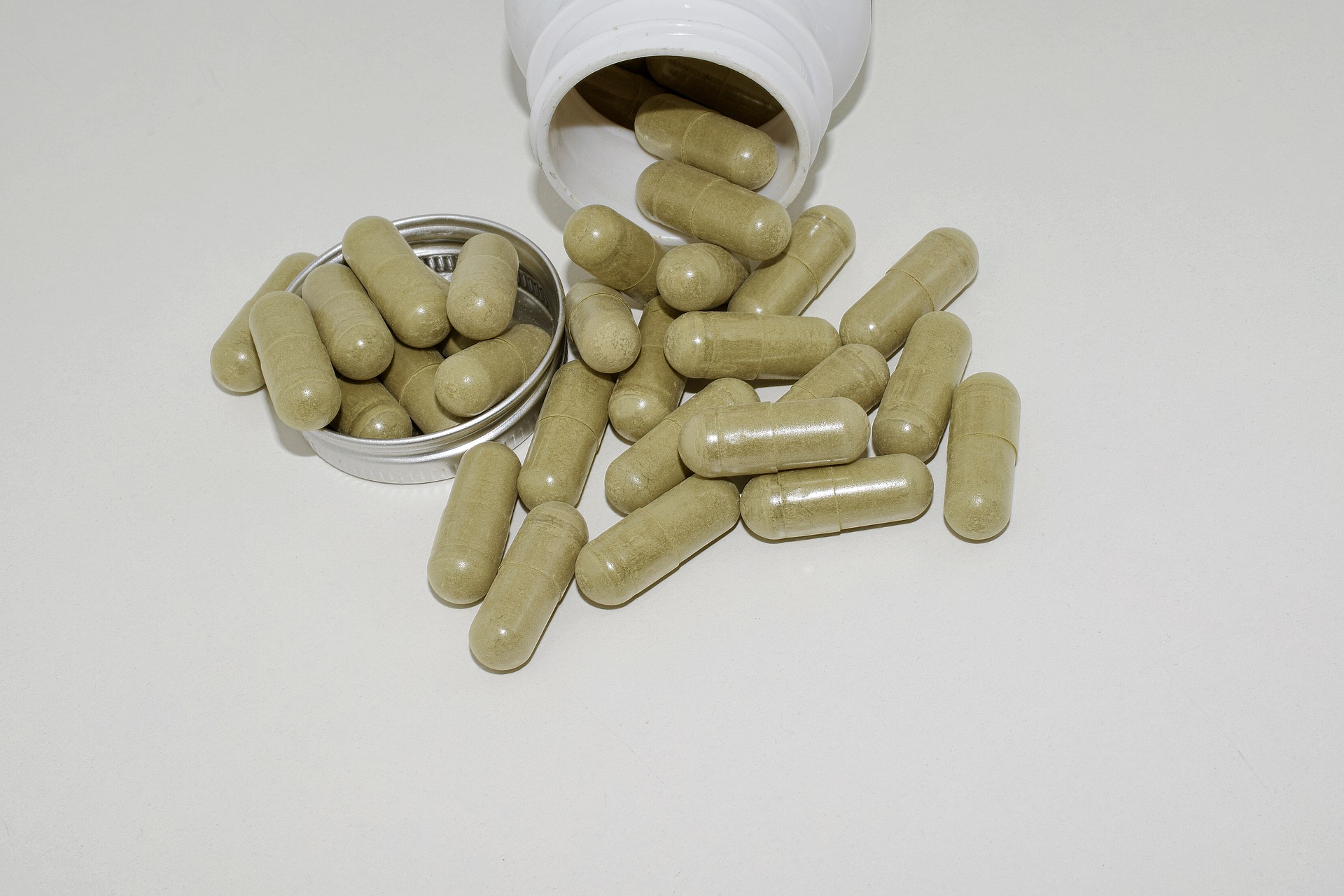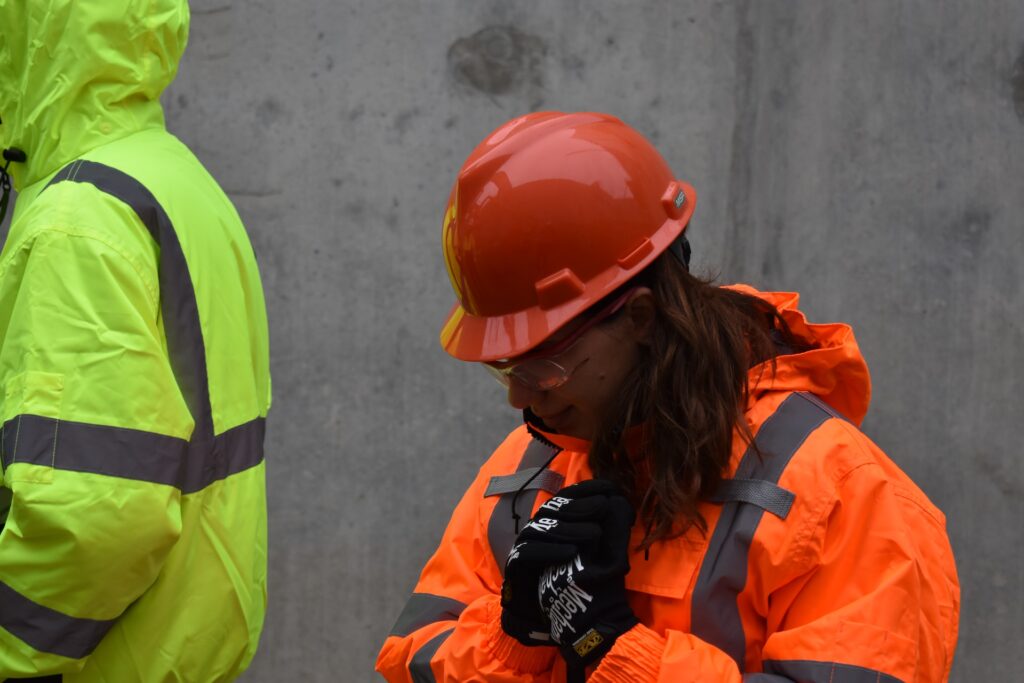Body piercings have been a method of self-expression and cultural custom for ages. They might be seen as a symbol of defiance, spirituality, or just a personal expression. Whether you’re considering getting your first piercing or just curious about the world of body modifications, it’s essential to demystify the art of body piercings and understand what you should know before taking the plunge.
1. The History Of Body Piercings
To truly appreciate body piercings, it’s essential to understand their historical significance. Piercing has been practiced for thousands of years across various cultures. For example, ancient Egyptians used body piercings as a form of beauty enhancement and to display their social status. In many indigenous cultures, piercings were, and still are a part of religious and ceremonial practices. This rich history illustrates the diverse reasons behind body piercings and the cultural significance they hold.
2. Types Of Body Piercings
Body piercings come in countless variations, with each having its unique name and location. Some common types include earlobe piercings, cartilage piercings, nose piercings, eyebrow piercings, tongue piercings, lip piercings, nipple piercings, navel piercings, and genital piercings. The choice of piercing largely depends on individual preferences and cultural norms.
3. Pain And Healing
One of the most common concerns when it comes to body piercings is the pain involved and the healing process. Pain levels might vary from person to person, so managing expectations is critical. While some piercings are just somewhat uncomfortable, others can be rather painful. The healing process might also differ based on the location of the piercing, your overall health, and how well you care for it.
Aftercare is critical to ensuring a good recovery process. This usually entails washing the piercing with saline solution, avoiding handling it with unwashed hands, and not swimming in pools or hot tubs until it has healed completely. To reduce the danger of infection and problems, it is important to follow the aftercare guidelines advised by your piercer. At bodypiercejewelry.com, you’ll find valuable tips and advice on proper piercing aftercare to keep your body art looking fabulous.
4. Finding A Professional Piercer
Choosing a professional and reputable piercer is paramount to your piercing experience. Research local piercing studios, read reviews, and ask for recommendations from friends or online communities. A professional piercer should be licensed, experienced, and knowledgeable about proper sterilization techniques. They should also be able to answer any questions you have and make you feel comfortable throughout the process.
5. Piercing Jewelry
The type of jewelry used for your piercing is an essential consideration. High-quality jewelry made from materials like surgical steel, titanium, or niobium is recommended. These materials have a lower risk of causing allergic responses or problems. Cheap jewelry made of poor-quality materials might cause irritation, infection, and allergic responses.
6. Potential Risks And Complications
Like any body modification, body piercings come with some potential risks and complications. These can include infection, scarring, migration or rejection of the jewelry, and keloid formation (raised, thickened scars). It’s essential to be aware of these risks and take precautions to minimize them. Following correct aftercare guidelines and getting immediate medical help if any indications of infection or problems appear are critical measures.
7. The Role Of Sterilization
Sterilization is a critical aspect of the piercing process. Reputable piercing studios should use autoclaves to sterilize their equipment, and the piercer should wear disposable gloves. Needles should be single-use and opened in front of you to ensure sterility. Don’t hesitate to ask about sterilization practices at the studio to ensure your safety.
8. Cultural And Personal Significance
Body piercings can hold significant cultural or personal meanings. For some, it’s a way to connect with their cultural heritage or express their identity. Others may get piercings to commemorate special occasions or to mark personal milestones. Understanding the significance behind your piercing can make the experience even more meaningful.
9. Removing Or Changing Jewelry
If you decide to remove or change the jewelry in your piercing, it’s essential to do so carefully. Consult your piercer or a medical professional if you’re unsure how to proceed. Removing jewelry too soon can lead to complications, and it’s essential to ensure the piercing is fully healed before making any changes.
10. Self-Expression And Confidence
Body piercings are ultimately a form of self-expression. They enable people to express their distinct style, personality, and originality. Many people find that obtaining a piercing boosts their self-esteem and makes them feel more at ease in their own skin.
In conclusion, body piercings are a diverse and culturally rich form of self-expression that has been practiced for centuries. Understanding the history, types, pain, healing process, finding a professional piercer, jewelry choices, potential risks, sterilization, cultural significance, and personal meaning are all crucial aspects of demystifying body piercings. If you’re thinking about getting a piercing, do your homework, ask questions, and make educated decisions to guarantee a safe and enjoyable experience.











